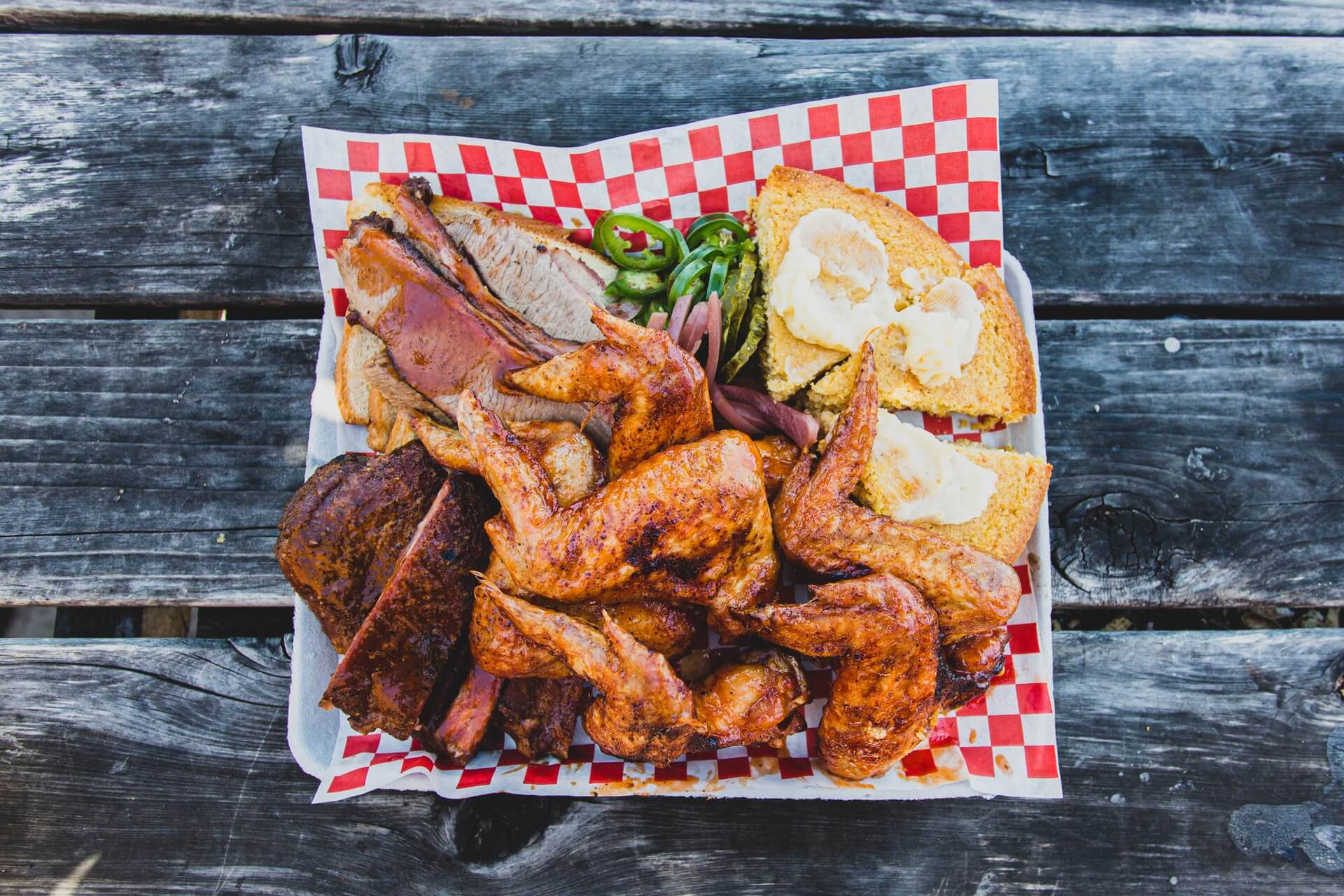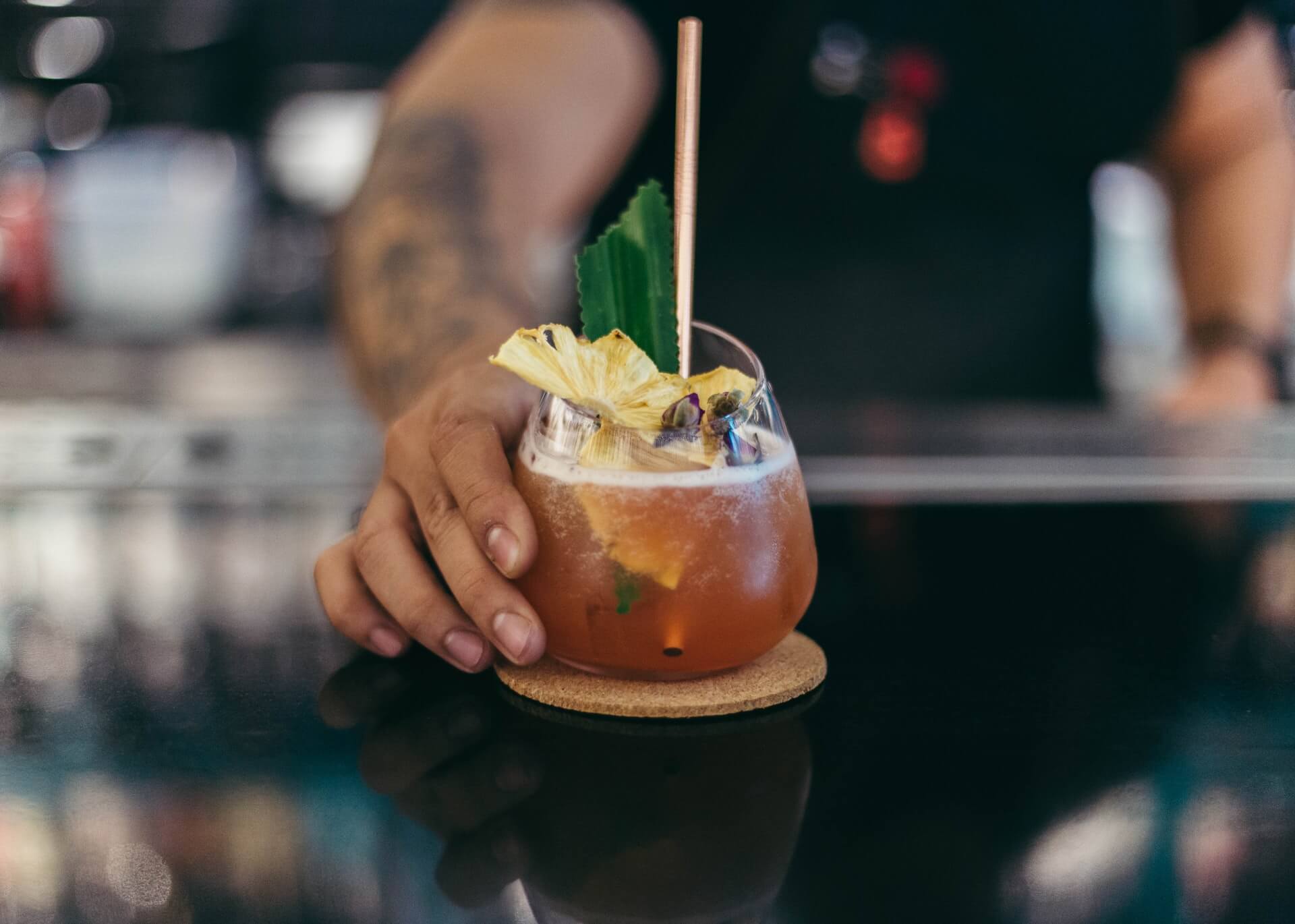Stand Out with Weird Holidays: August 2022
by David Klemt

Want to stand out from from other restaurants and bars in your area? Then commit to keeping it weird.
Several “holidays” are set against every date on the calendar, and August is no exception. These holidays range from mainstream to “weird.”
Pay attention to the latter to raise eyebrows, carve out a niche for your restaurant or bar, and attract more guests. Why do what everyone else is already doing?
Of course, you shouldn’t try to celebrate every holiday, weird or otherwise. And this month’s list in no way includes every odd holiday.
Focus on the days that are authentic to your brand; resonate with your guests; and help you grab attention on social media.
For July’s list, click here.
August 5: National Work Like A Dog Day
It probably sounds like this day is all about being as productive as possible at work. However, National Work Like a Dog Day is a celebration of service animals (mainly dogs). So, this is the day to invite your guests with service animals to grab a bite and drink and make new friends—four-legged and otherwise—at your bar or restaurant.
August 8: National Happiness Happens Day
This is a day that focuses on finding happiness wherever we can. And as we know, there’s plenty of happiness to be found in local restaurants and bars. National Happiness Happens Day is a blank canvas on which to create a fun, engaging promotion.
August 8: National Dollar Day
For the history nerds out there—and I say that with reverence, not ridicule—the first US dollar was minted in 1794. Leveraging this holiday is as simple as offering a food or drink item for $1. Of course, that’s if such a discount is legal where you’re operating. And I recommend requiring the purchase of a full-price item to receive the discount.
August 11: National Rasberry Bombe Day
If you’re not familiar with the raspberry bombe, you’re probably not alone. This tasty treat isn’t a commonly known dessert item. A raspberry bombe is a pastry that consists of heavy cream, sugar, candied fruit (raspberries, in this case), and nuts placed in a spherical design. The bombe is then frozen before being served. Bonus points for adding rum before freezing.
August 12: National Vinyl Record Day
There are a couple ways to celebrate this holiday. One, you can require your house DJ or hired gun to spin actual records. Two, you can team up with your local vinyl store to create a mutually beneficial promotion. Get a little creative and celebrate that warmest of sonic mediums, the vinyl record.
August 15: Discovery Day
This day likely isn’t very weird to Canadians. In particular, it’s well-known among those familiar with the Yukon. But for the rest of us, this is a celebration of the discovery of gold in this famed area. Celebrate with gold-flaked F&B items, caramel-drizzled desserts and cocktails, and whatever else you can think of where gold makes sense.
August 20: World Honey Bee Day
Where would we be without the honey bee? Not in a good place at all, that’s where. Perfect your Bee’s Knees and other cocktails that feature honey. And, of course, feature honey in some creative places on your food menu as well.
August 27: National Just Because Day
Obviously, this is another awesome blank-slate cocktail. You can essentially create any promotion you want to celebrate this day. Why? Because whatever you choose to do, it’s just because.
August 29: According to Hoyle Day
Here’s an odd one for you. On According to Hoyle Day, you live life according to one of the 300 (!) games for which Edmond Hoyle wrote the rules. This day certainly requires getting creative but card games and cocktails do go hand in hand.
August 31: National Eat Outside Day
Hey, guess how this day is celebrated…
Image: Dan Parlante on Unsplash








